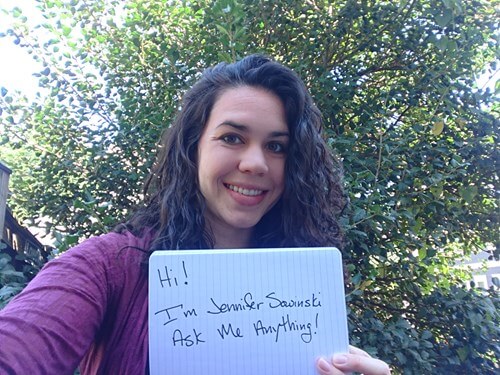Ask Me Anything: Forecasting

Jennifer Nemeth
Manager, Professional Services
ASK ME ANYTHING QUESTION
“What are some best practices for forecasting for our upcoming season?“
JENNIFER SOWINSKI’S ANSWER
Forecasting can be a tedious process, but it is well worth the effort to get it right! Here are some things to keep in mind when you’re creating your forecasts for the upcoming season.
- Pick comparable productions. Whenever possible, choose at least three (if not more) comparators for each performance or production forecast. When creating a forecast, you’ll want to understand how similar productions typically sell, and it will be easier to see that trend if you have multiple past productions to compare against.You’ll also want to make sure you’re choosing quality comparators. The most important factors to consider will depend on your organization, but things like: genre, venue, time of year, holidays, slot in season, actors/performers/soloists, composer, day of week, time of day, and number of performances/weeks in run, may all be important to consider when choosing your comparators. Also make sure to check for any outliers, and determine whether or not they should be included.
- Determine the granularity of your forecast. Once you have your comparators and you’re ready to create forecasts, get specific about how you will use your forecasts. One forecast for an entire run may be useful for budgeting purposes, but if you want to use your forecast for pricing decisions and more detailed tracking, you’ll likely need several different forecasts for different performances or sets of performances. Do you need a different forecast for each performance? Or for each day of week/time of day? If you have long runs, do you need forecasts for the beginning of the run that are different from the end of the run? Again, the details will depend on your organization, so consider what will be most useful for you.
- Check and adjust as you go. Finally, once you’ve put all the work in to create your forecasts, don’t forget to use them! Check your sales against them often, and take advantage when you have opportunities for price changes. And, remember that they’re not set in stone. If you need to make adjustments mid-season, that’s ok. You’ll be in a much better position if you can recognize a performance that’s going against the trend early, rather than letting it surprise you.
Do you have the RMA and need a refresher on the forecasting module? Feel free to contact us, or use the resources available on the RMA help site.
JCA Arts Marketing collaborates with cultural organizations to increase revenue, boost attendance and membership, and grow patron loyalty. We provide consulting and software services to hundreds of cultural institutions across multiple genres, including dance, museums, opera, performing arts centers, symphony, and theatre. We can help you achieve your marketing goals.


